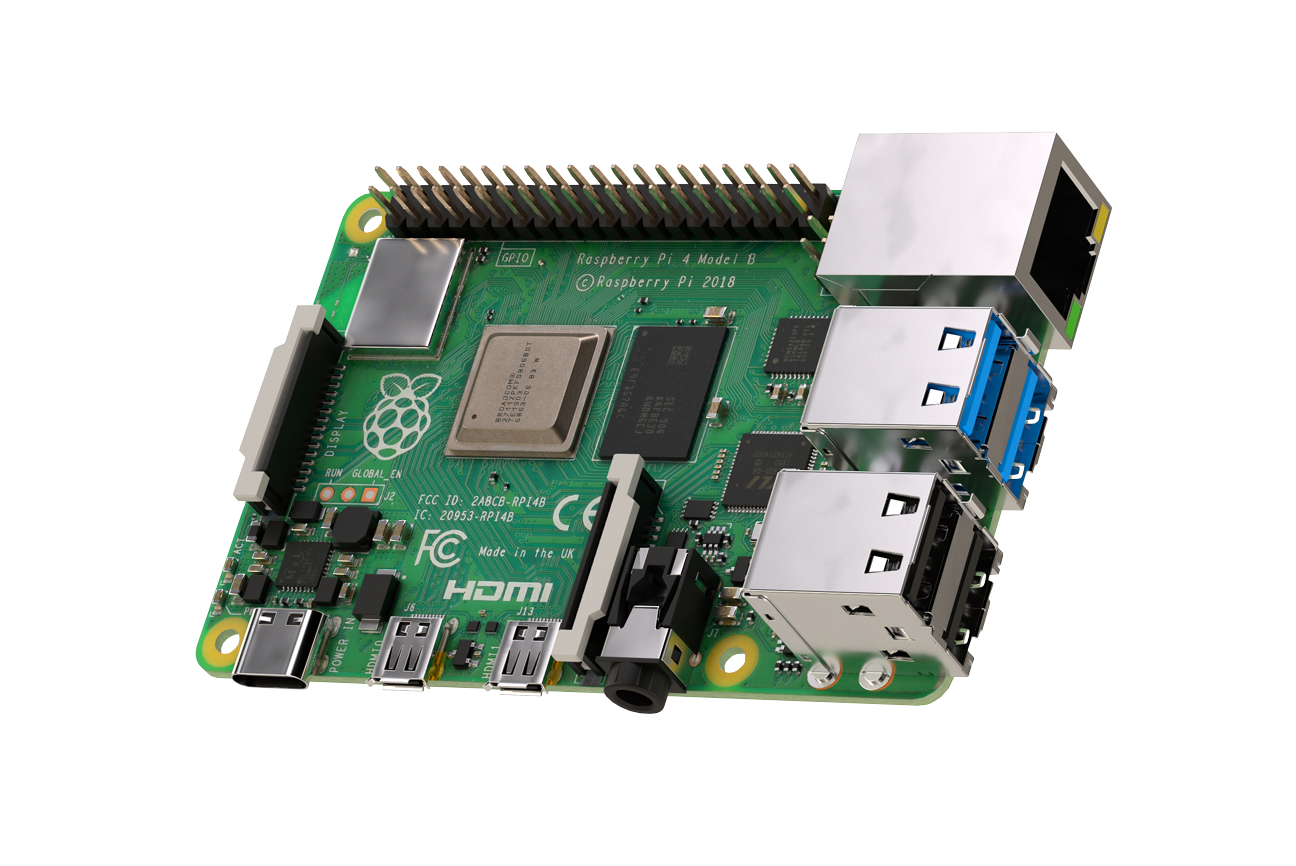Raspberry Pi 4 Slots
Raspberry Pi Dive Bay – 4 slots #3DThursday #3DPrinting An elegant little Pi drive bay from EgonHeuson on Prusa Printers: I’m super happy to present you my latest design.
- Raspberry Pi 4 Slow Usb 3
- Raspberry Pi 4 Slow Network Speed
- Raspberry Pi 4 Ram Slot
- Raspberry Pi 4 Slots Free Play
- Eben Upton, CEO of Raspberry Pi trading and Raspberry Pi co-creator talks about Compute Module 4 in this Raspberry Pi blog post. Meet Raspberry Pi Compute Module 4 Raspberry Pi Compute Module 4 uses a new form factor, swapping the SODIMM edge connector of earlier models to two high-density connectors on the underside.
- “After I learned the Raspberry Pi Compute Module 4 IO Board comes with a PCIe slot, I know the first thing I thought about testing was a graphics card.
- One of the most important improvements in the Pi 4 is its USB 3.0 interface. Where previous Raspberry Pi models were limited to a USB 2’s theoretical 480 Mbps / 60 MBps maximum speed when.
In The MagPi magazine issue #99 (on sale 29 October 2020), Gareth Halfacree takes a deep dive into Compute Module 4's specifications and performs benchmark testing. Subscribe to The MagPi magazine to get all the in-depth information delivered to your door.
The original Raspberry Pi Compute Module launched in April 2014 as a means to make it easier for engineers and professionals to put the power of Raspberry Pi into their designs. The compact Raspberry Pi Compute Module isn’t a single-board computer but a system-on-module (SOM) designed to be inserted into a carrier board.
In 2016, Raspberry Pi Compute Module 3 and Compute Module 3 Lite offered higher specifications, switching to the same processor as Raspberry Pi 3. Compute Module 3+ boosted specifications still further.
And now Raspberry Pi Compute Module 4 and Compute Module 4 Lite make the jump to the same high-performance hardware as Raspberry Pi 4.
These are the most powerful Compute Modules ever made. Eben Upton, CEO of Raspberry Pi trading and Raspberry Pi co-creator talks about Compute Module 4 in this Raspberry Pi blog post.
Meet Raspberry Pi Compute Module 4

Raspberry Pi Compute Module 4 uses a new form factor, swapping the SODIMM edge connector of earlier models to two high-density connectors on the underside. It’s a necessary change that brings all the features of the module to the Carrier Board.
This requires a change in the pins which connect the module to the carrier board. While both systems have 200 pins, the new connector is smaller and adds compatibility with new Raspberry Pi features, like the second HDMI port and PCI Express.
This means Raspberry Pi Compute Module 4 isn’t compatible with carrier boards designed for Raspberry Pi Compute Module 3.
The new SoC improves performance, the additional RAM makes it possible to work with more complex applications, and high-speed PCI Express connectivity means carrier boards have access to significantly more bandwidth.
Compute Module 4 specifications
Raspberry Pi 4 Slow Usb 3
SoC: Broadcom BCM2711C0 quad-core ARM Cortex-A72 (ARMv8-A) 64-bit @ 1.5GHz
GPU: Broadcom VideoCore VI
RAM: 1GB, 2GB, 4GB, or 8GB LPDDR4 SDRAM
Networking: Optional 2.4 GHz and 5 GHz 802.11b/g/n/ac Wi-Fi, Gigabit Ethernet PHY
Bluetooth: Optional Bluetooth 5.0 and Bluetooth Low Energy (BLE)
GPIO: Carrier board dependent
Interfaces: PCI Express, 2× DSI, 2× CSI, 2× HDMI
Storage: External (CM4 Lite); on-board 8GB/16GB/32GB eMMC (CM4)
Ports: Hirose U.FL antenna connector, 2× 100-pin high-density connectors
Dimensions: 55 mm × 40 mm × 4.5mm, 12g (exc. carrier board)
Raspberry Pi 4 Slow Network Speed

Compute Module Carrier boards
Raspberry Pi 4 Ram Slot
Unlike other models, Raspberry Pi Compute Module 4 has no connectors of its own – bar the U.FL antenna connector and the two high-density connectors on the underside. Instead, it relies on a carrier board – and the features available will depend on what features the carrier board breaks out.
Raspberry Pi Compute Module 4 Input/Output (IO) Board is an open-source design. It is designed to help developers get started: it brings out features including two full-size HDMI ports, Gigabit Ethernet, two USB ports, a 40-pin general-purpose input/output (GPIO) header, a Power over Ethernet (PoE) header, two DSI ports, two CSI ports for cameras, a PCI Express slot, and more.
Other carrier boards compatible with Raspberry Pi Compute Module 4 may be specialised for particular tasks, offering specific features or adding extra hardware of their own. Designers can tailor the carrier board to a particular task, but all carrier boards will be mechanically compatible with all Raspberry Pi Compute Module 4 models.
Raspberry Pi 4 Slots Free Play

The MagPi issue #99 is on sale 29 October with in-depth benchmark testing for Compute Module 4. Buy your copy from the Raspberry Pi Press Store or subscribe now to get The MagPi magazine delivered to you door every month.